What’s New – Summer 2024

We have some PhotoModeler news that may be of interest, July 2024: Software Update What’s New for Fabricators and Marine Decking What’s New for Forensic Investigators Software Update PhotoModeler 2024.2 was released June 20, 2024, with several improvements. Some significant improvements are: New Best Fit Plane tools for adding and removing points from a best-fit […]
Upcoming Events in Forensic and AR

Two PhotoModeler events coming up for our forensic and accident reconstruction customers: WREX Conference and a Training Course. WREX Conference We are at the upcoming conference in Orlando: WREX – World Reconstruction Expo. April 17 to 21, 2023. Booth S6. We have a booth, so if you attend please come and visit! At the booth, […]
Customer Project Profile – Lightpoint Scientific
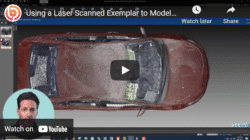
In this post we feature a customer’s workflow using PhotoModeler in vehicle crush analysis and accident reconstruction. Lou Peck, of Lightpoint Scientific and Axiom Forensic, is a long time customer doing Accident Reconstruction and Crush analysis. His team has developed a workflow that uses laser scan data in PhotoModeler to build up crush and accident scene […]
Photogrammetry and Car Crashes
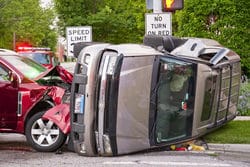
Among photogrammetry’s many useful applications is in the area of car crashes, specifically the reconstruction of car crashes after on-site evidence has been removed. The ability of photogrammetry to remake car accident scenes is tremendously important to the police and forensic specialists who investigate the aftermath of these kinds of events. This is because car […]
New Method for Measuring Movement in Security and Surveillance Video
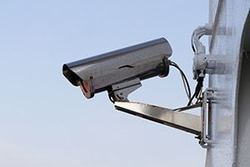
When you have a sequence of images containing data/evidence spread over several frames recorded from the same position, for example, a series of frames from a fixed security camera, you can use PhotoModeler’s image sequence feature to measure or track objects in the scene over time! Here are some possible uses: Calculating and comparing the […]
Get the Best Use of Your Cameras in Public Safety and Forensic Investigations

A camera is a very common piece of equipment for an officer in investigations, ident, forensics, and reconstruction. The same goes for forensic engineers in private and public practice. We are even seeing cameras in every day public safety use such as body-worn cameras, and cruiser dash-cams. Your camera can do so much more than […]
Can Measurements be Made from Law Enforcement Body-Worn Camera Video?

This is a guest blog post written by collision instructor, and active LE officer, Bobby J. Mullinax. See bio below. Why Use Body-Worn Camera Video for Measurements? Photogrammetry is a technique that uses images and photos to obtain accurate 2D and 3D measurements and diagrams of the real world. A body-worn camera stores a video that […]
Using Photogrammetry in Court
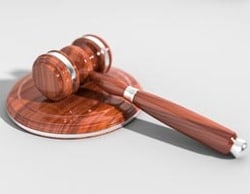
This is a guest article by forensics consultant and trainer, Dan Mills. Bio below. Anyone in a technical field that brings evidence to the court must consider both the evidence they are presenting, as well as the admissibility of their methods. First, a definition of Admissible Evidence: Evidence that is formally presented before the trier […]
Forensic Photogrammetry: A Case Study
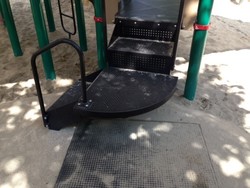
This is a guest article by forensic imaging consultant Mike Mayda. Bio below. Why Use Photogrammetry in Forensics? Photogrammetry can be a very powerful tool in forensic analysis. It is often useful to have an accurate 3D reconstruction of an accident or crime scene, especially in cases where position, distance, and perspective are important. Given […]
With A Camera and a Laser Reconstruct a Crime Scene
Unfortunately, this is an all too common story: The convenience store clerk was alone when a man entered the store. He demanded money and cigarettes. When the clerk refused, the clerk was beaten and then shot, leaving no eyewitnesses to this horrific crime. But there was a ‘witness’ – the store had a single security […]
